Rakuten Fashion Week Tokyo S/S 2026 - Part 2
Yokogao’s FWT Diary
FDMTL│© JFWO
We continue our journey across runways and venues all around Tokyo, discovering local talent and feeling the pulse of the city. We talked about the first three days of the Rakuten Fashion Week Tokyo, and now we are presenting you the second half of the journey.
Check out our coverage of the first 3 days of FWT here.
Day 4
We start the second half of the fashion week in Hikarie, recognising and awarding the hard work and talent of the local creators, something that is not only highly important for the organisation but that has also proven to be quite successful. With the Tokyo Fashion Award, the concept of exporting the representative Japanese brands and introducing them to the world turns from an idea to a reality. Each season, during Paris Fashion Week, there’s a special showroom where the winners of these awards have the chance to present their collections to the industry, and on this occasion, the iconic concept store 10 Corso Como Seoul also opens its doors to the laureates with an exclusive popup shop dedicated to them.
The Tokyo Fashion Award 2026 winners are:
Men’s Category
Women’s Category
Congratulations to all!
We go from one celebration to another, attending respected designer Tsumori Chisato’s show, who commemorates the 35th anniversary of her brand with an intimate show at their TC House in Jingumae, Shibuya. Filled with colour, joy, and flowers, Tsumori celebrates her love for creation with earnest and uplifting gratitude, one that shows in the care and passion her garments seem to be made with. This celebration reached Hikarie, where a special exhibition celebrating this important milestone was held during the six days of fashion week, allowing everyone to witness the work of one of Japan’s longest-lasting brands. And from a legendary name to ones in the making, we saw up close the world of the students from Marronnier College of Fashion Design, located in Osaka. Needless to say, the true, pure and raw spirit of young hearts that love fashion has never been more evident. The students are the future, and it’s in good hands.
Tsumori Chisato│© JFWO
One of the most lively districts in Tokyo, and a key location for the fashion scene, Roppongi was our next destination. MSML is the brand led by Koji, T$uyo$hi and Katsuma, three musicians turned designers that use garments to channel and materialise their common references and tastes that are born from their shared passion, explaining the brand name: Music Saved My Life. Placing their runaway at the Roppongi Hills Arena, and with office workers lurking from the windows of the surrounding building, the pink hair, the rebel attitude and the statement pieces certainly made an impression. Music was apparently the theme of the second half of the day, with the next and final show back at Hikarie, giving us one of the most memorable experiences of the week.
MSML│© JFWO
FDMTL, the brand created by Gaku Tsuyoshi twenty years ago, showed us in only a few minutes some of the best sides of Japanese culture, all on the same stage. With a live band setting waiting for us upon our arrival, we knew we were up to something great, but the musicians that came up on the stage—or the runway—and that lit up the place with their sound left us frankly shocked. The group was none other than Ichikoro, the avant-garde instrumental band formed with the reunion of some of the most talented musicians in the country, from Enon Kawatani and Satou Eitarou, singer and drummer of the rock band Indigo la End, to the one and only, the legendary Ichika Nito, one of the most prodigious guitar players and multi- instrumentalists in the world. Seeing them playing all together live, up close and personal, was a moment that will be hard to forget.
Just like the music, the show itself was quite memorable as well. With a vast display of an incredible variety of silhouettes and pieces, all in the Japanese denim so highly regarded in the industry, Tsuyoshi showed why he’s been in the game for two decades and why he has everything it takes to last many more. Exploring every technique that these fabrics can be subjected to—from the typical sandwashing to the traditional Japanese sashiko—and that results in a different outcome in their shades, textures and finishes, the concept of the kodama, or echoes, that give name to the collection Echo of [ ] is embodied: we all can find our own interpretations of what he is presenting to us, and all of them will be valid. Stating to the press after the show how he now, after all these years, finally feels comfortable with the idea of being called what he is, a fashion designer, shows a heartwarming sense of humbleness that speaks volumes not only of the respect Tsuyoshi feels for his profession but also of the passion and compromise Japanese people do everything with.
FDMTL│© JFWO
Day 5
We’ve been lucky up until now with the weather, if lucky can be said about sweating like never before in our lives, but at least no typhoon had yet made us go from our sun umbrellas to our rain umbrellas. Well, the inevitable happened, and day 5 was the day it finally rained, which honestly turned out to be a blessing; at least the wetness in our face was from the rain and not from the unbearable maddening humidity. Also, by chance or by faith, all the schedule for the day was mostly around Shibuya, except for one show, which happened at a place and at a time that allowed us to see one of the most beautiful sunsets of our trip. One thing about Tokyo: it has one of the most beautiful skies I’ve seen. Either in the sunrise or sunset, the colours are breathtaking.
We start with Mitsuru Okazaki and his namesake brand at the Goblin Kitasando Store in Sendagaya, Shibuya. With the aim to capture boyhood and with Paulo Coelho’s The Alchemist as inspiration, the collection played with the ideas of holes and voids as a reflection of the permanent destruction and reconstruction that signifies growing up, placing misplaced pieces back where they used to be, without them fitting as perfectly as they used to. Motifs from the book—camels, churches, and pyramids—could also be found in the pieces, giving them an interesting twist.
Mitsuru Okazaki│© JFWO
The next show was around the area, in Sarugakuchō, also Shibuya, and it was of a brand we are familiar with, Chika Kisada. In an industrial, completely dark room, standing up and with loud sounds that made us feel it was the perfect place for a rave, Kisada gave us her version of the “ideal body type”, one full of bumps, lumps, twists and turns that reflect the lived experiences and the traces of our own lives, particularly relevant to her background as a ballerina. With risky but impressive silhouettes, sharp technique and desirable accessories, Kisada keeps on her path as one of the most attractive brands of this generation of Japanese designers.
Our detour of the streets of Shibuya was for Support Surface’s show at Warehouse Terrada, a wide space used to host various events like art exhibitions, product launches and, on this occasion, fashion shows. The venue is located in Shinagawa, an area we were already familiar with after our unlucky attempt the previous Sunday to visit the Tokyo City Flea Market, unexpectedly closed for God knows what reason. We advise you to not only check their Instagram beforehand but also their Twitter account, where we found a tweet announcing that on said day the market would not open. Lucky are the five souls that interacted with the tweet on time, and unlucky were the many visitors, including me, that lost a couple of hours on the journey. We still went next Sunday, and it was great, but check before you leave.
As for the Support Surface show, the brand started by Norio Surikabe back in 1999 presents a wardrobe for everyday life with a touch of romanticism. A vibrant palette, realistic floral prints, and functional and elegant silhouettes; the phrases chosen by Surikabe to encapsulate the collections sum them up well: “quiet sparks, flashes lurking in the reverberations of stillness, draped in seasonal hues”.
Support Surface│© JFWO
For the last runway of the day, we returned to Hikarie. Viviano, one of the most prominent brands in the current fashion scene in Tokyo, presented a show that embodied well their aesthetic and their ethos. Under the name of Neo Romanticism, this exploration of romantic codes blended with some of the avant-garde rebellion that is embedded in the city is represented in the all-black-and- white garments, with different versions of lingerie-inspired pieces that are equally intimate, no matter if they’re meant to be used on the outside or the inside. From couture and vintage items from the 1920s to the 1960s, the ability to keep vintage codes intact while also making them fit the current tastes and context is one of the aspects that makes them capture the attention of so many fashion enthusiasts season after season.
Viviano│© JFWO
Day 6
Our final day has arrived, and before we close, there are two things we must say. First, Rakuten Fashion Week Tokyo is surprisingly long, and we love it like that. Usually fashion weeks outside the main four tend to extend only to a couple of days, maximum three or four, usually resulting in having too much to see and very little time. Having the space to process each show, to breathe and roam freely around the city you are visiting and take in each stimulus with all your senses rather than running around from one venue to the other without even knowing which brand you are seeing is really valuable and something to be thankful For.
The second thing is that on the last floor of the Hikarie building there is a Lawson, a luxurious Lawson, to call it so. It’s just like a regular Lawson on the inside, but the outside walls are painted in an elegant deep blue colour and have some sort of Swarovski-looking crystals adorning them. Go there to experience the feeling of shopping at a high-end supermarket in a skyscraper (even if it is the same konbini you’ve been visiting daily three times per day), buy your onigiri of choice and your Pocari Sweat, and eat it with the view of Shibuya at your feet. That’s the Yokogao recommendation of the day. You may wonder, what does this have to do with fashion? Nothing. But even at fashion week we still need to eat, and having this endless source of high-carb snacks just a floor above the runways was one of the discoveries that made us the happiest.
Back to the schedule, for one of the international guest brands, Yueqi-Qi, we had the chance to visit an area we maybe wouldn’t have gone to otherwise: Negishi in Taito City. While waiting for the show at the Shinseiki Dance Hall, the largest and oldest dance hall in Tokyo, which opened in 1969 and had a movie-like atmosphere, we walked around the neighbourhood, which was completely different from the most touristy parts of the city and had a very local, comforting feeling to it. More quiet, more calm—it was definitely a nice change of scenery.
Yueqi-Qi│© JFWO
Walking around, we found a vintage bookshop, Doris, which, having still a bit of time for the show to start, was a good place to spend some minutes at. Inside we found, aside from a nice amount of Japanese books in various genres, a surprisingly good selection of vintage fashion magazines, from many, many issues of Tune and Fruits magazine to an incredible number of Jap Magazines from 1995 or Ryuko Tsushin from 1983, all at incredible prices and with very kind service. You can check their Instagram for the exact address and online shop. There are many similar stores in Tokyo, especially in the Jimbocho area, but this one had a selection hard to find anywhere else. Another Yokogao recommendation for you.
The show that closed the last day of the fashion week was probably one of our favourites, if not our favourite, of this season. With a horde of followers that filled the hall of the Hikarie building with a dark, omniscient, extremely stylish energy, Orimi made its presence be felt even before the runway had even started. This is a brand that completely gets, encapsulates and portrays the feeling of the outsiders of Tokyo, those who don’t want to play inside the norm and rather question everything, even the way garments are constructed. Kenta Orimi, who started as a buyer for his vintage store in Harajuku, The Elephant, and who found in design a way of creating the pieces he couldn’t find anywhere else, managed to put on one of the best shows of the season, this being his official debut in the Rakuten Fashion Week runways.
Orimi│© JFWO
We had the chance to speak with him some days after the show, so stay tuned for a deeper conversation about his collection, but this show was the perfect one to finish this six days of creativity, passion and fashion in the best way, leaving us with an aftertaste tasty and strong enough to last until the next time.

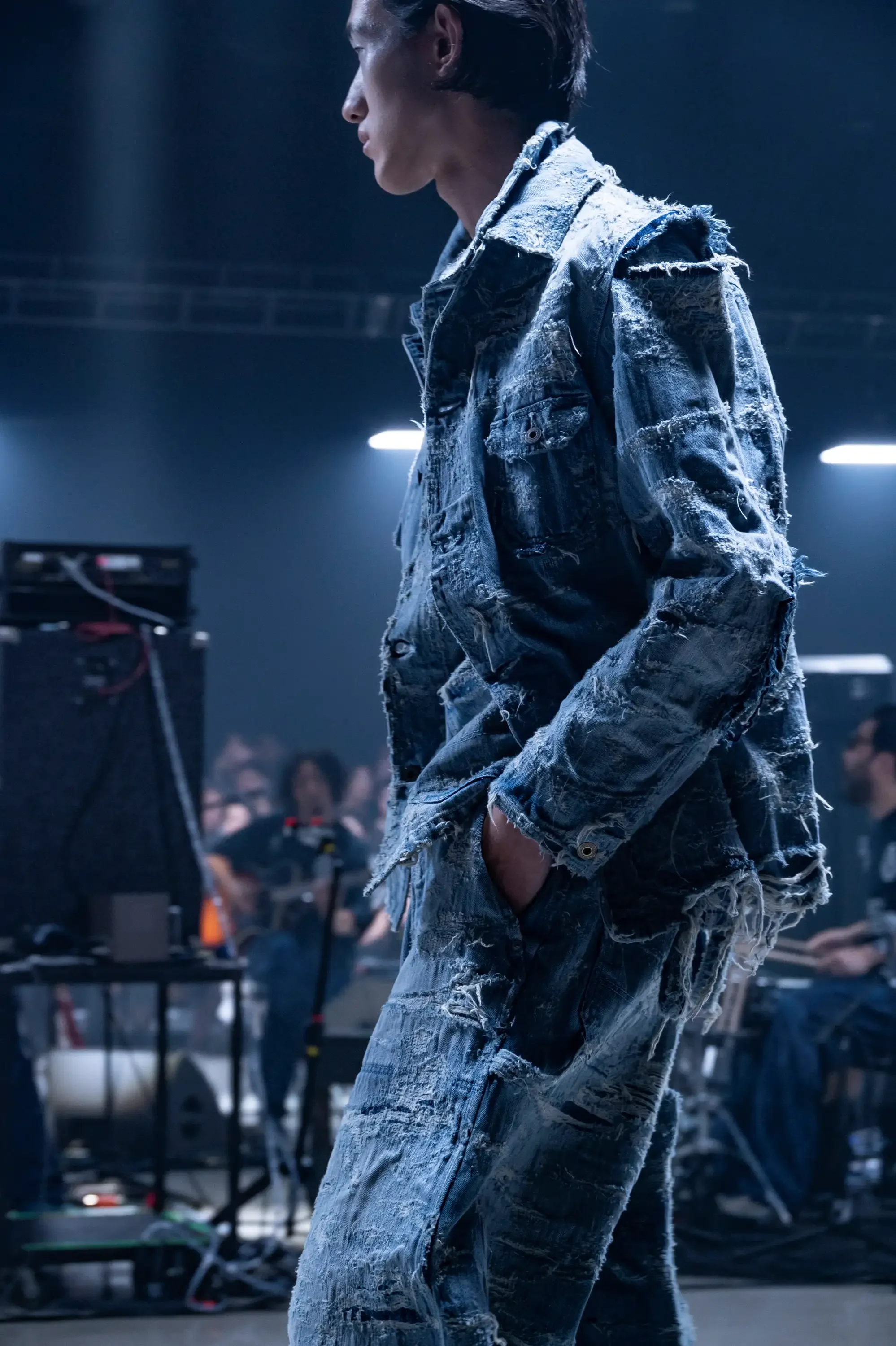
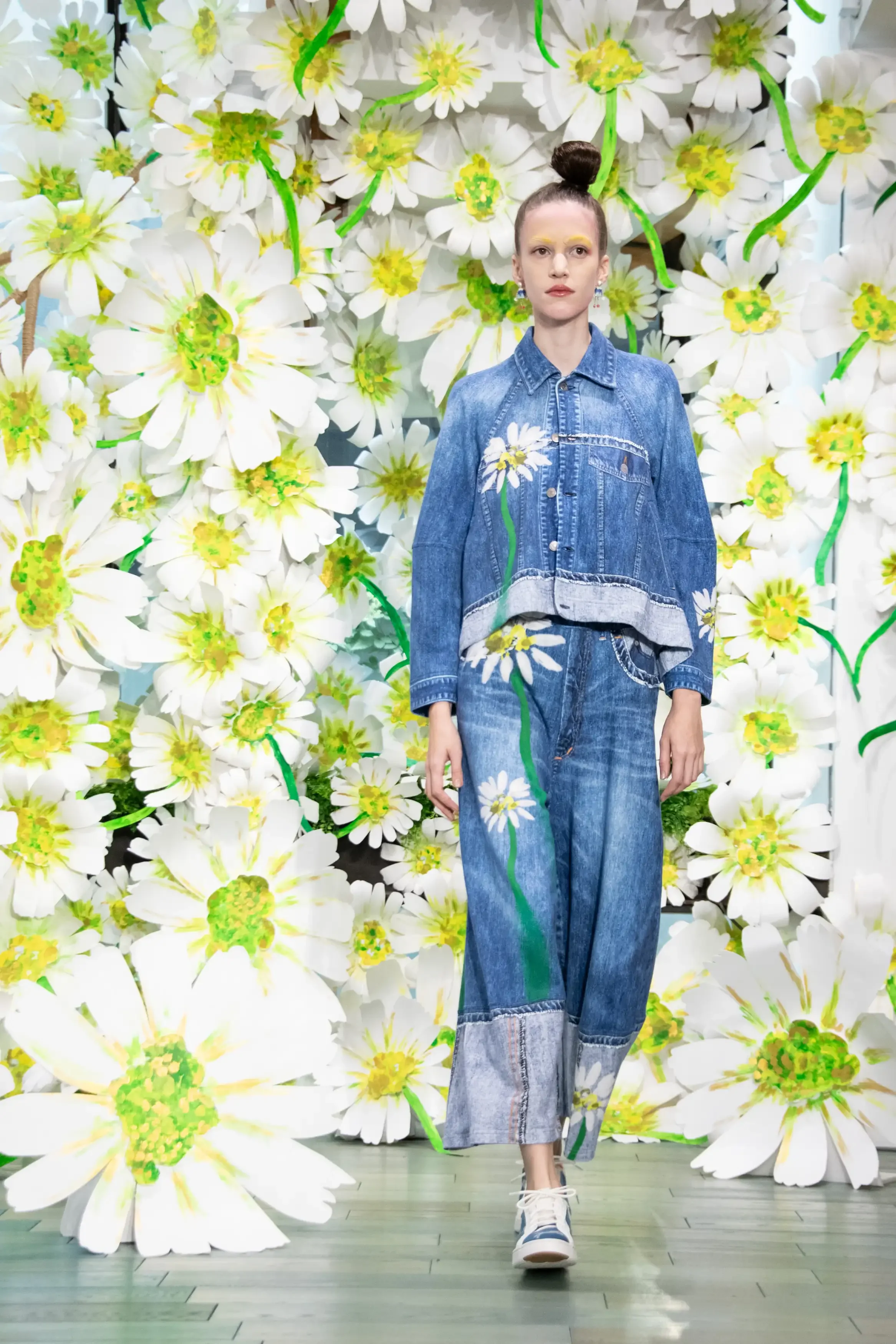
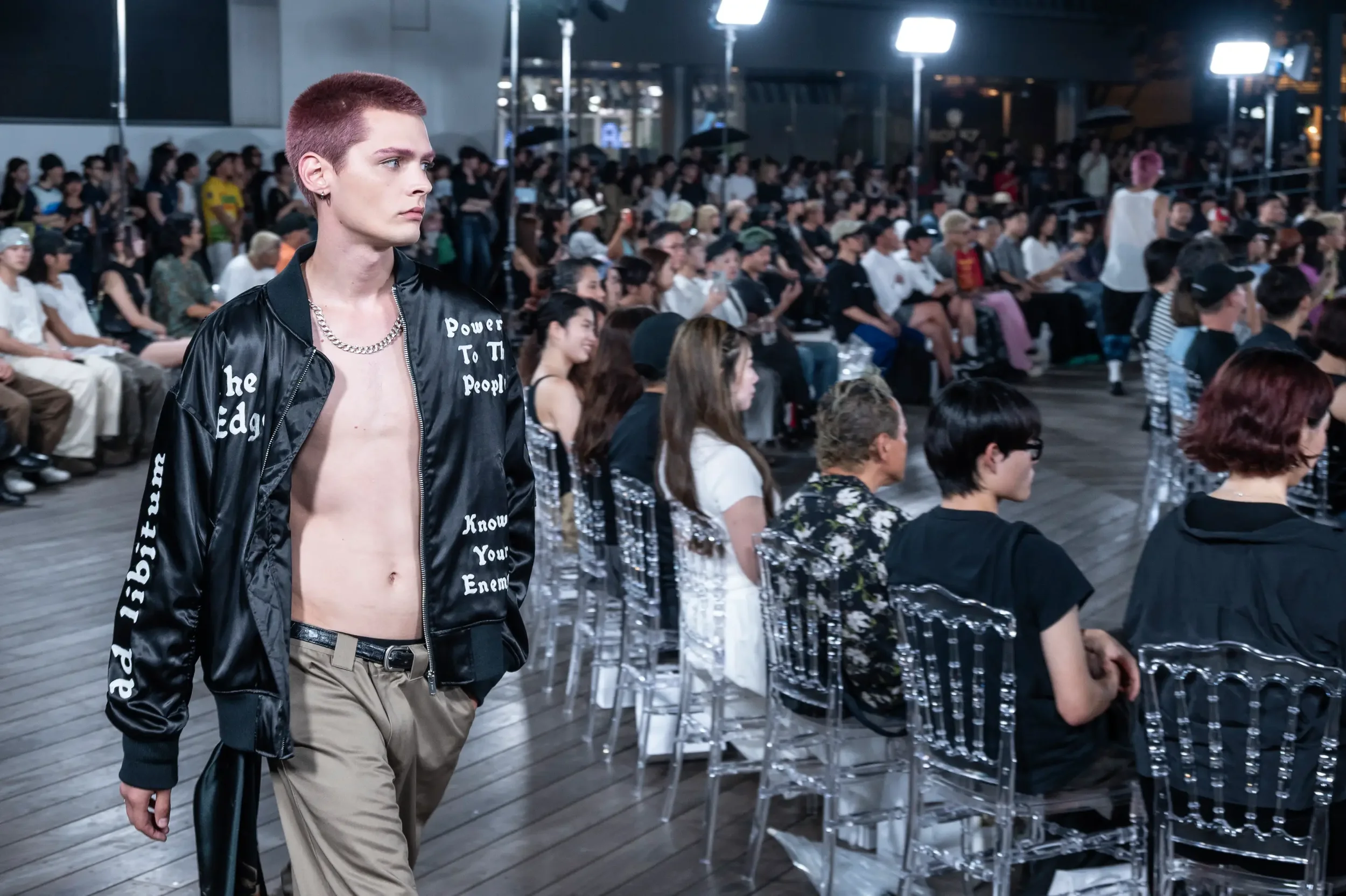
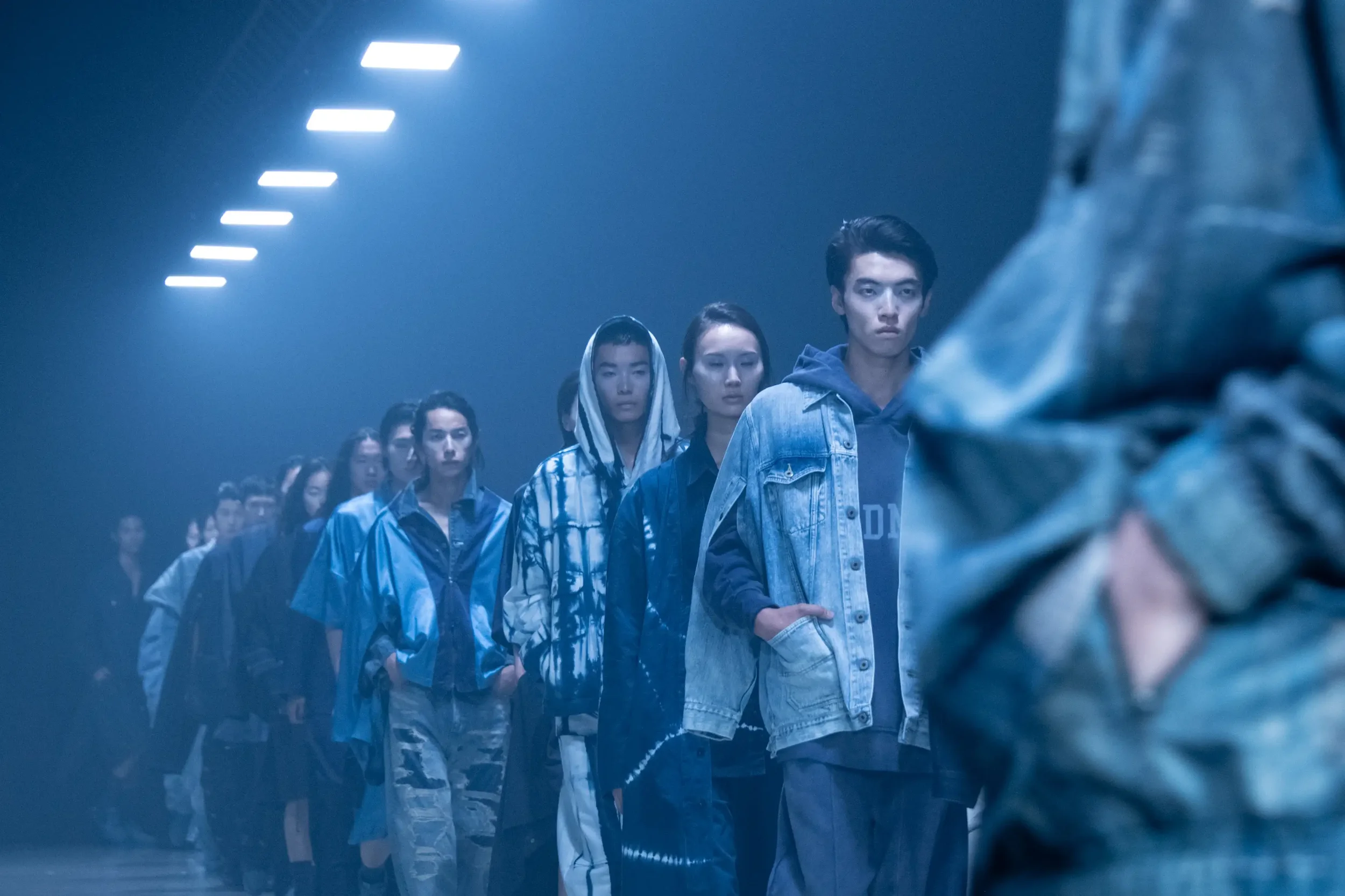
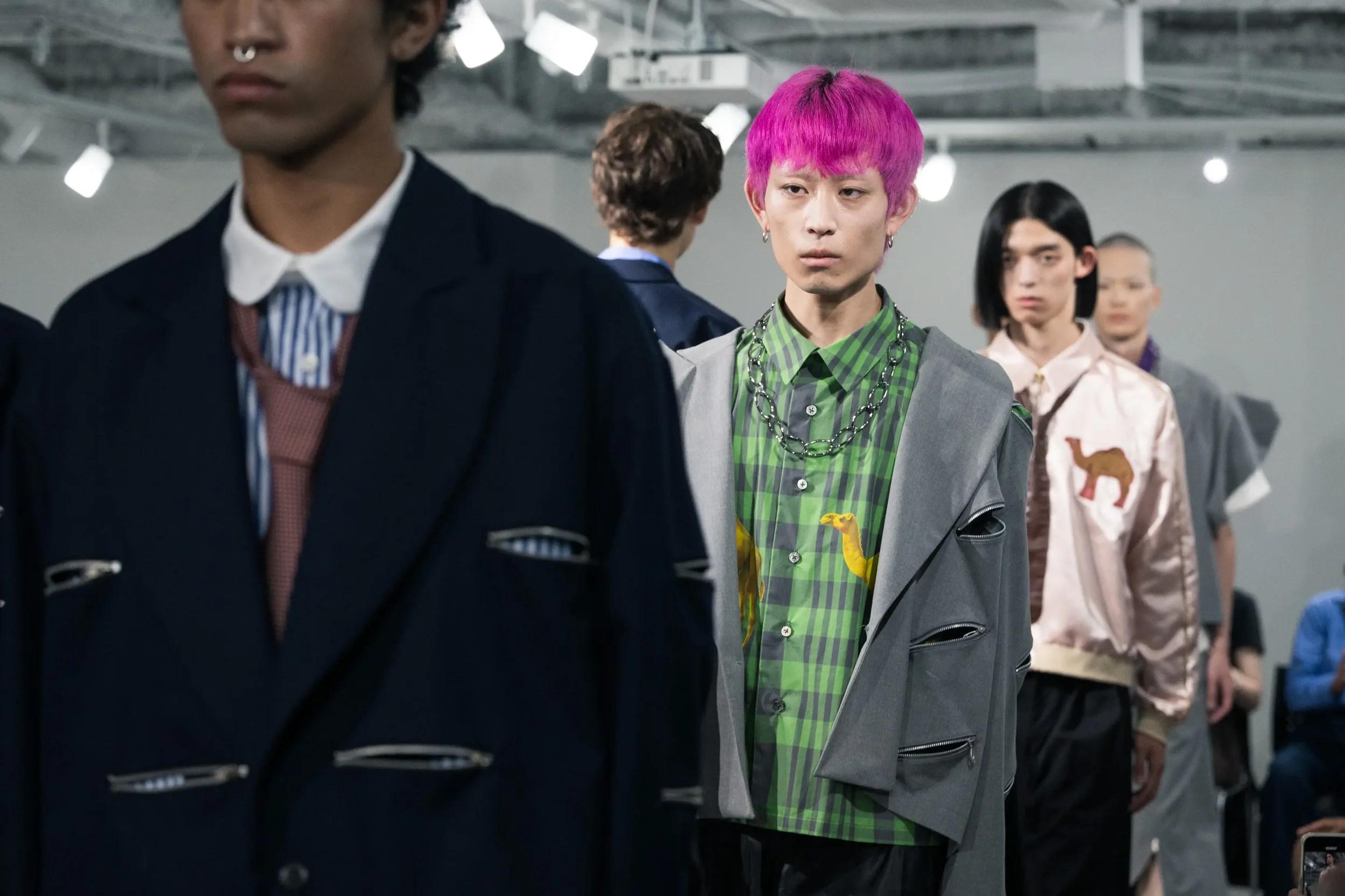
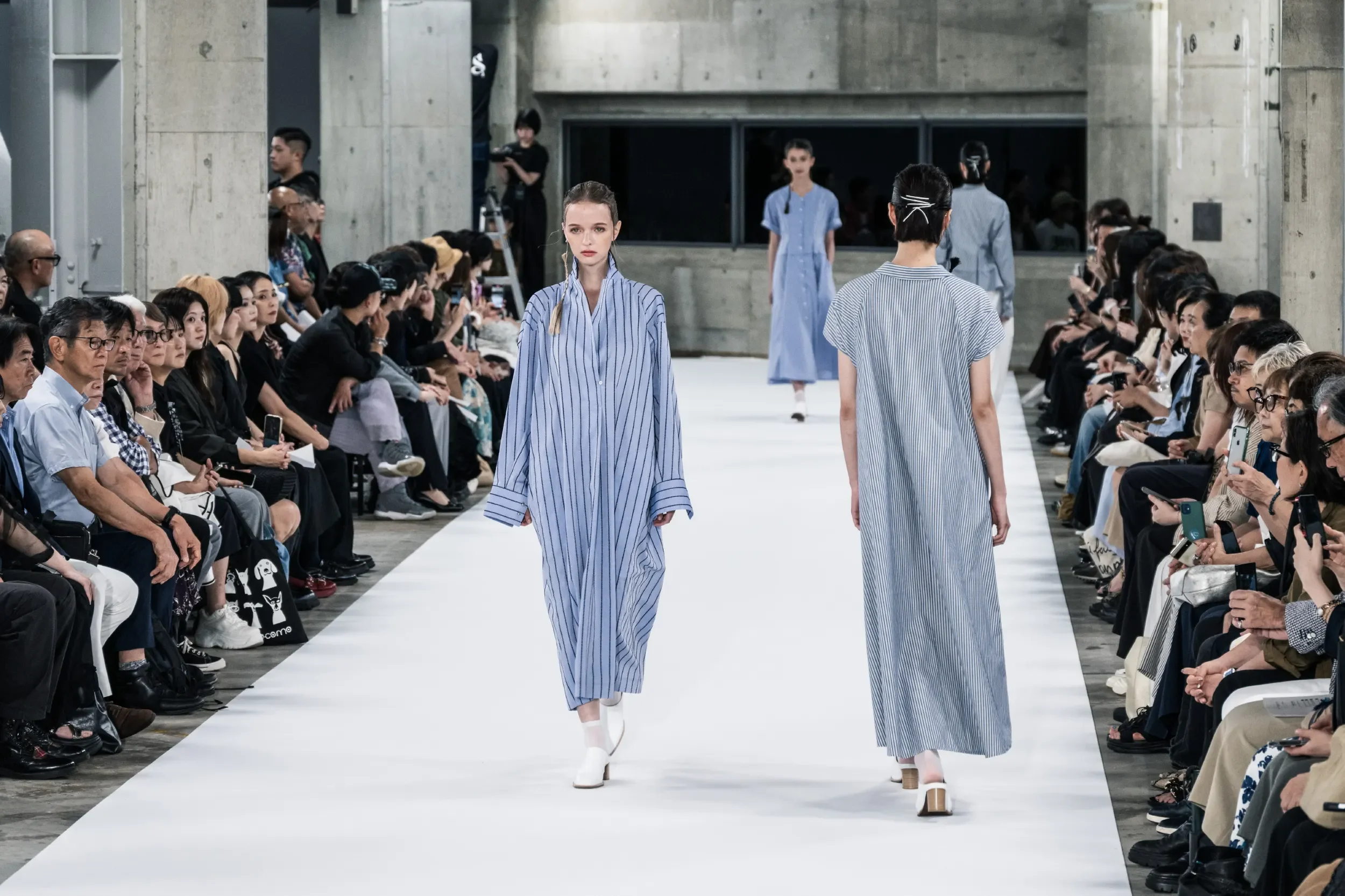
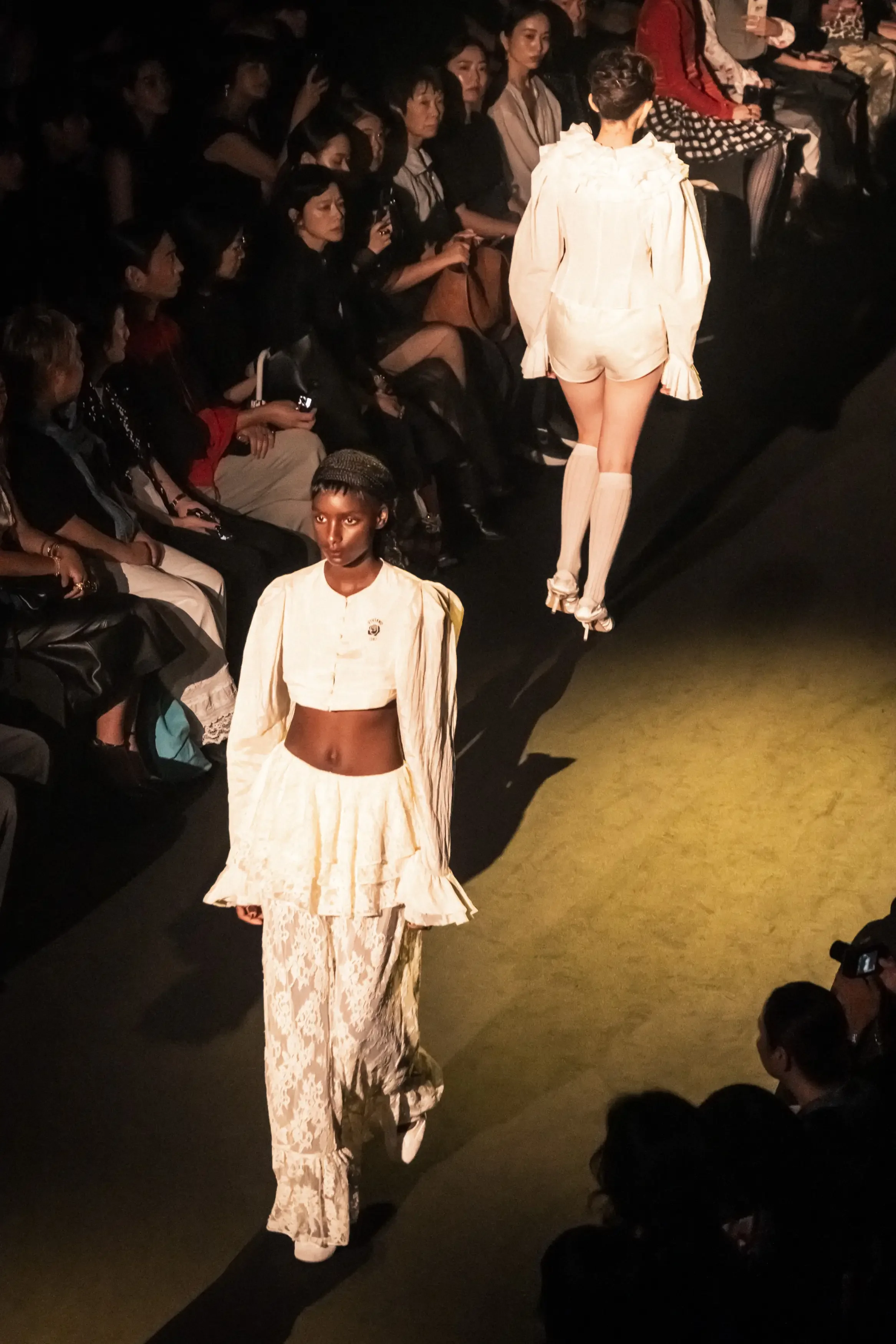
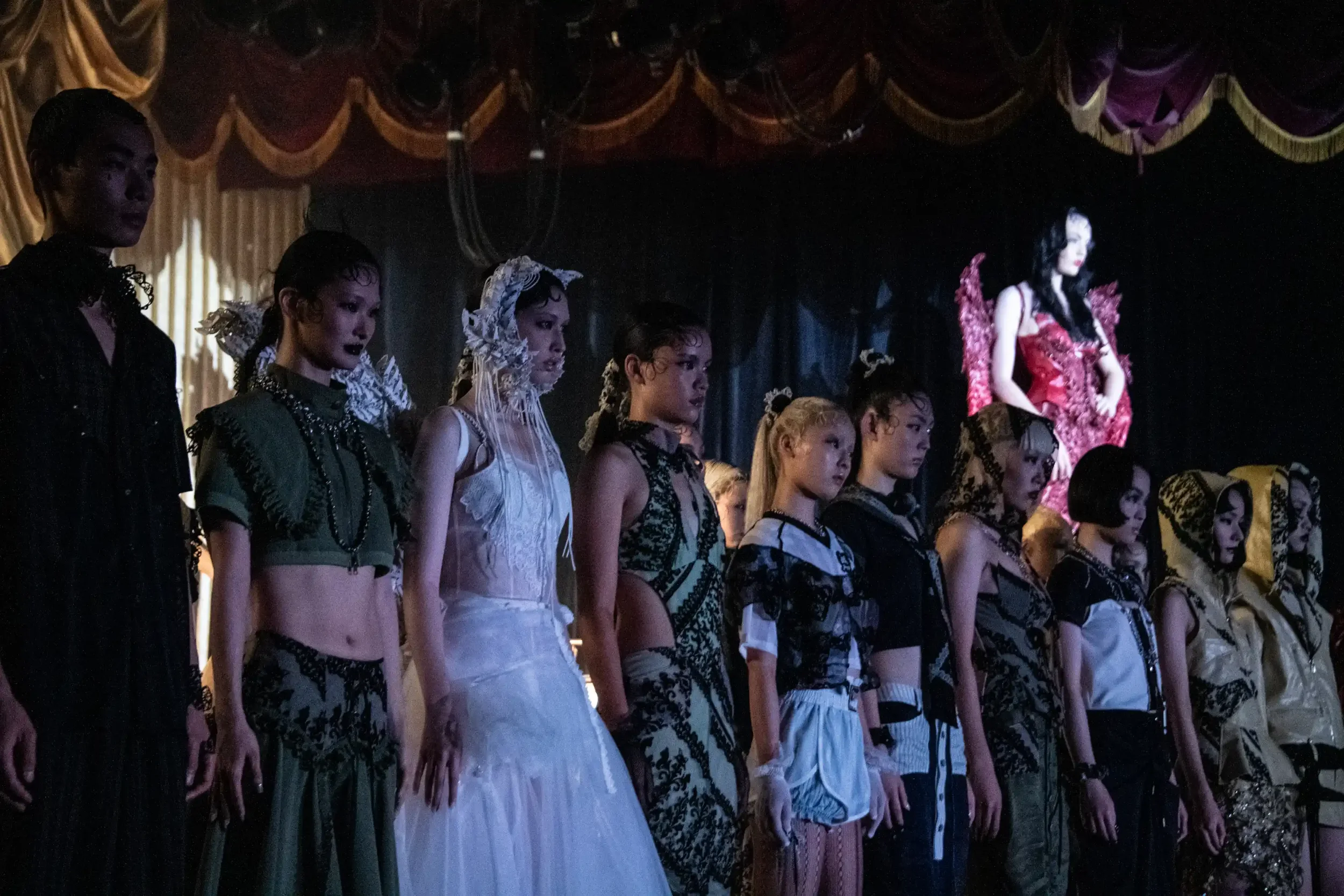
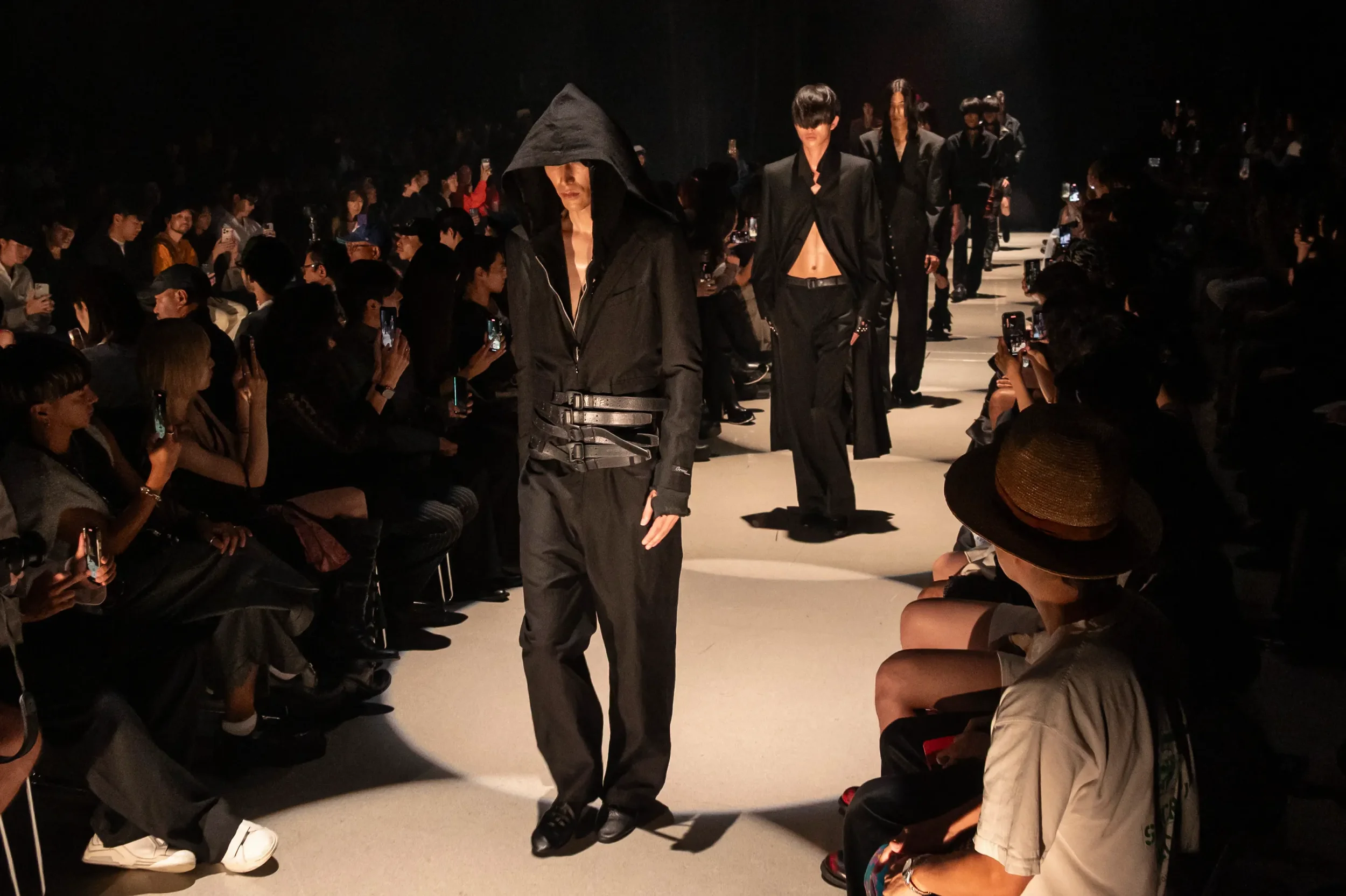
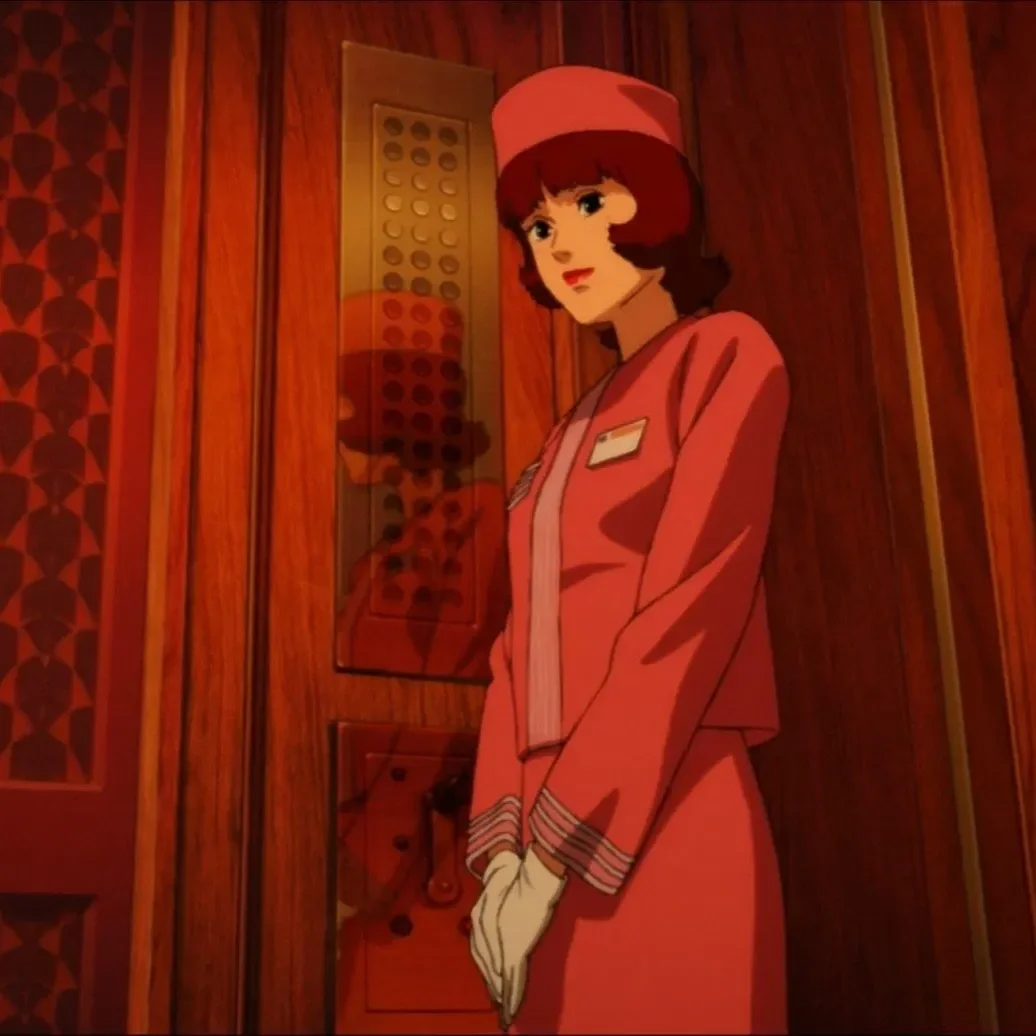
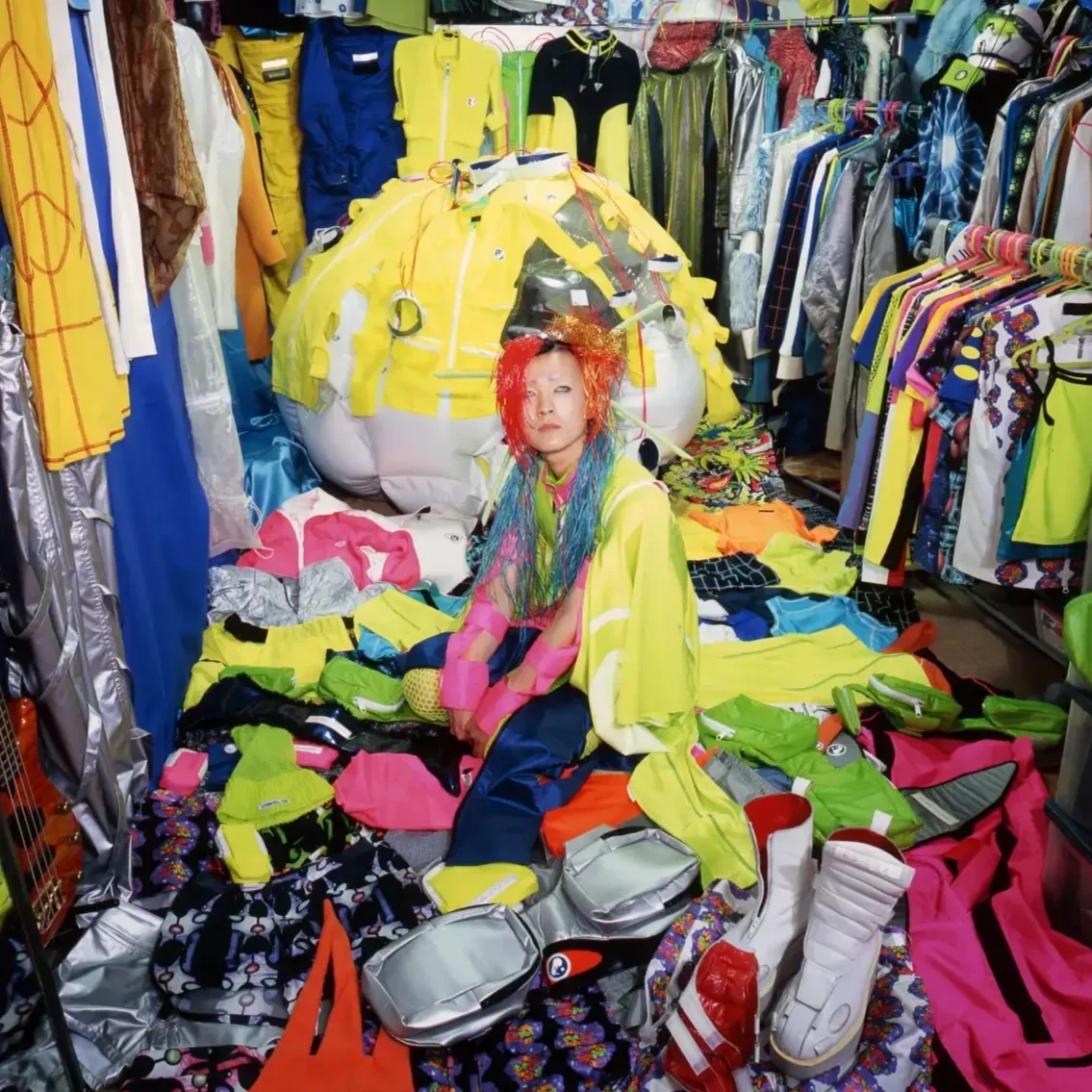


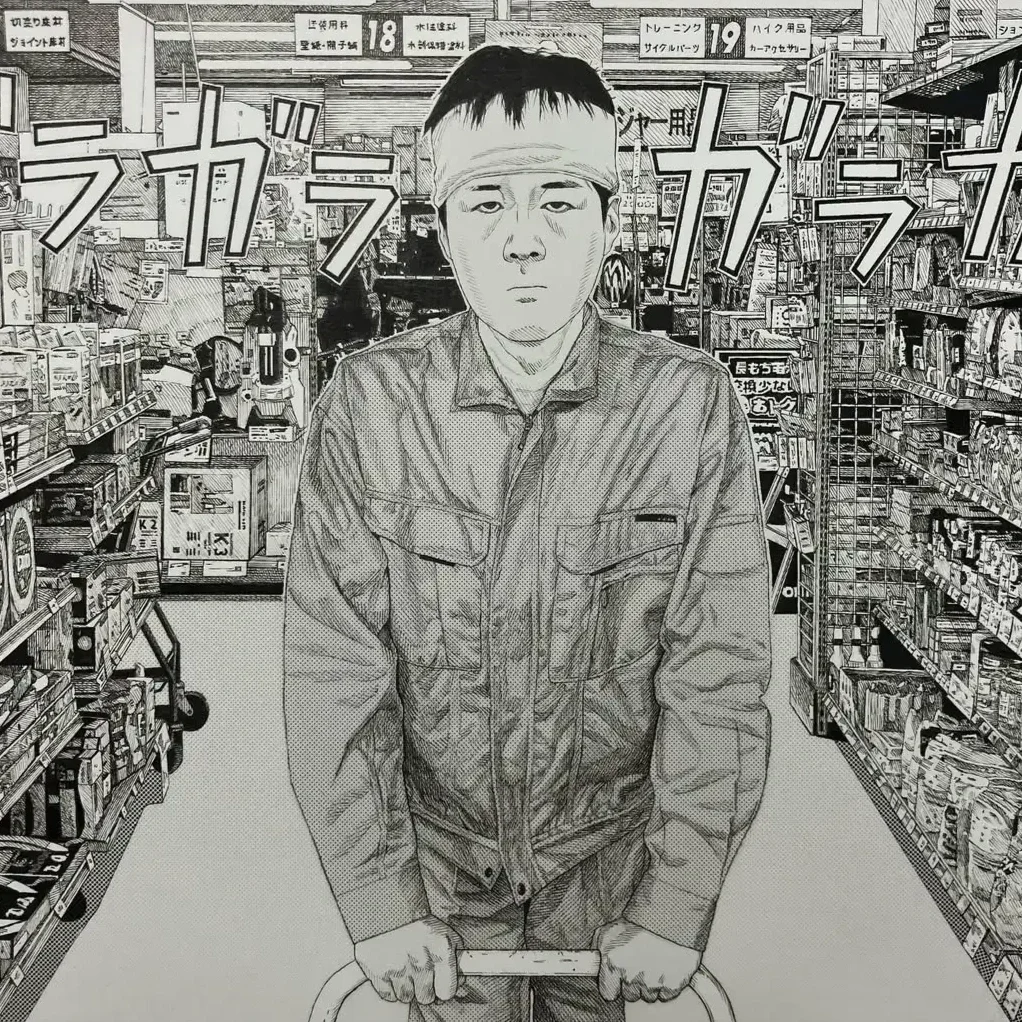
An emotional blueprint evolved into wearable architecture.